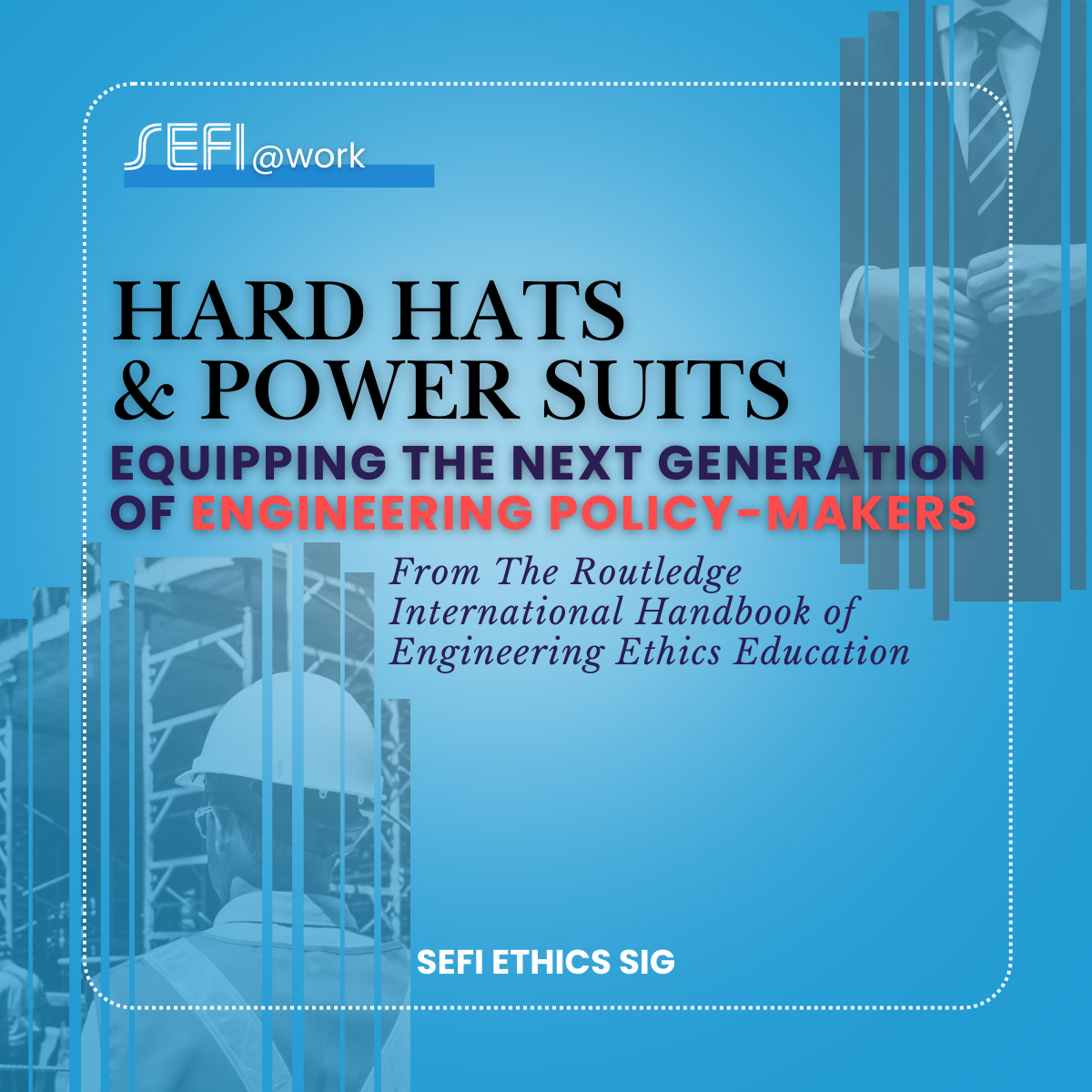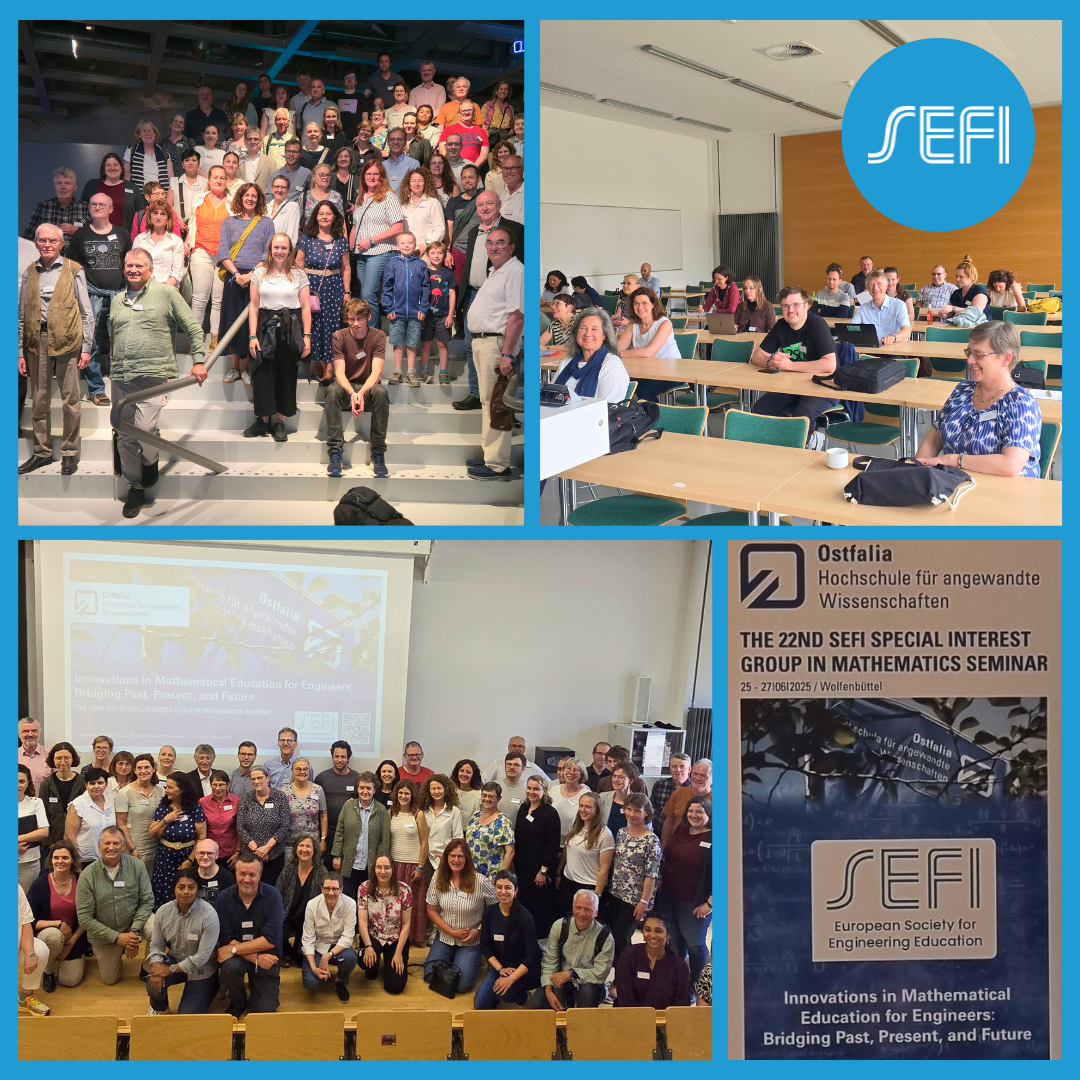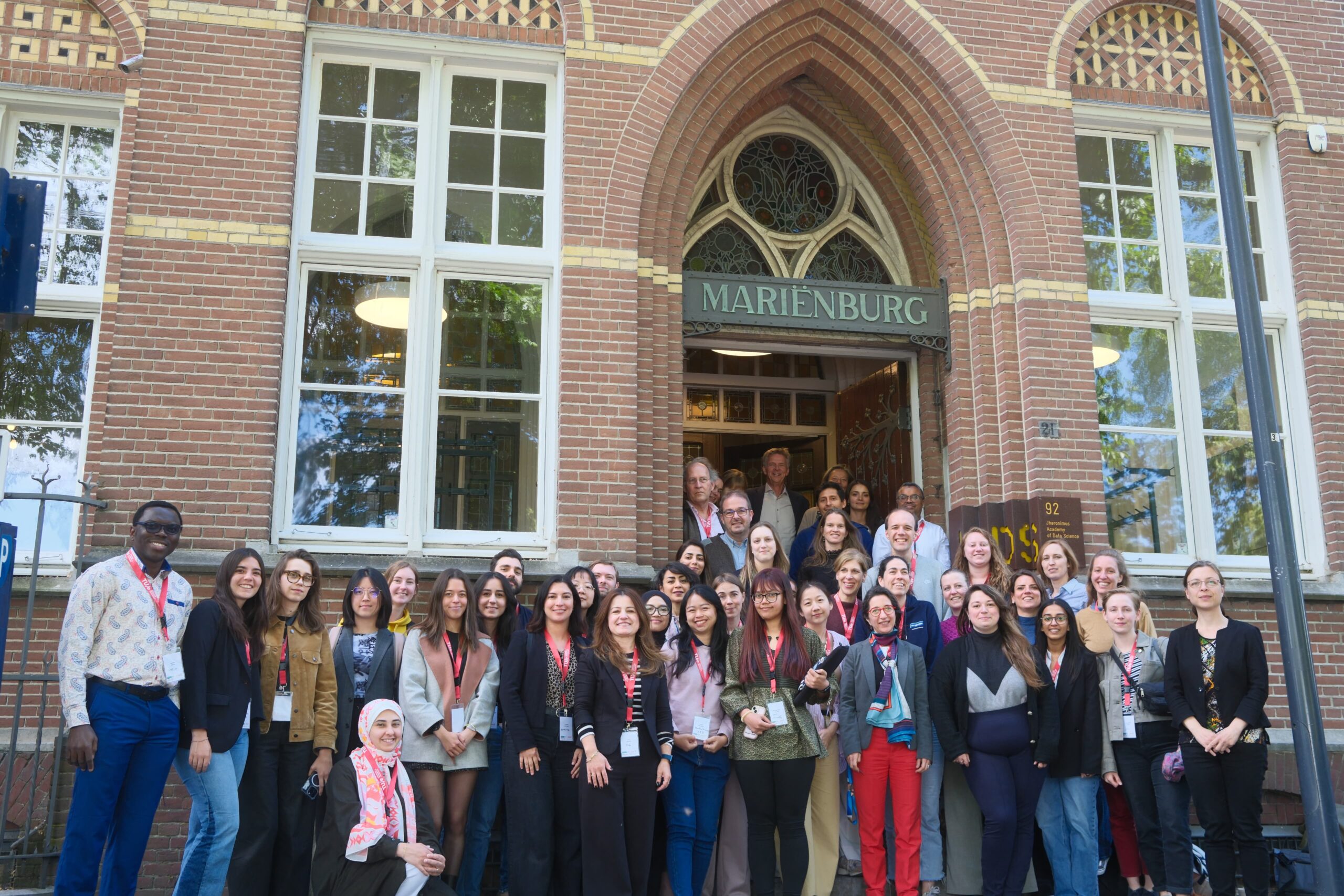By Tom Børsen, Associate Professor, Aalborg University How can we prepare engineering students not only…
Calvin Rans from TUD on Blended Learning with Neil Cooke and Natalie Wint

Blended learning typically involves combining online educational materials, opportunities for online interaction, and physical place-based classroom methods. Although the term has been used formally since the 1990s, the COVID pandemic has led us to question educational approaches and advanced our understanding of hybrid teaching methods.
In this episode, we speak to Calvin Rans, an associate professor within the Faculty of Aerospace Engineering at Delft University of Technology (TU-Delft) in the Netherlands. He manages two professional recording studios and supports educators in making novel blended learning experiences. In 2018, he was elected Best Lecturer TU Delft 2018 by a jury of students, and in 2019 voted the best teacher in the Netherlands. The jury praised him for his ability to inspire his students and for his continual efforts to improve his lectures.
Calvin has transferred his technical research interests into the classroom, focusing on the failure and degradation of lightweight aircraft materials and structures. Understanding these processes can help engineers to design structures that fail in a slow, progressive, and obvious manner, enabling failures to be detected and repaired long before they become critical to the safety of the aircraft. Correspondingly, he encourages students to engage in reflection to learn from failure.
The rest of the article will summarise the key points discussed.
What does blended learning involve?
Calvin highlights the importance of the word ‘blended’ within the term ‘blended learning.’ He describes the need to avoid simply moving classroom activities to the online environment and advocates for combining online and in-person education elements to complement each other. He explains that his approach to the flipped classroom includes providing students with half an hour to one hour of preparation which involves watching videos and small reading exercises which introduce new concepts. This is followed by a small quiz to help them assess their conceptual understanding. There is then a primer for the classroom activity, such as an introduction to the problem that will be covered. Students are then prepared to engage, participate, and ask questions within the classroom and the lecturer can respond to misconceptions and take part in a ‘repair’ activity. The final element is a reward for the preparation. This involves giving students time and space to receive help and assistance in answering their homework questions.
Changes during COVID
Calvin explains that when he first started playing with the idea of the flipped classroom, he ‘chunked’ content from lectures and put it online. He now highlights a need to think about 1.) what you want to achieve in the classroom and 2.) what you can move online to help provide the time and space to do it. He claims that this thought process is important to achieve ‘buy-in’ from students who will need to feel that the flipped classroom provides a significantly more valuable experience than the traditional classroom. He also argues that it is just as important to get buy-in from
yourself, the teacher. This means being confident and comfortable with the flipped classroom model and experimenting with it. He also encourages us to communicate the learning process to students and explain how it informs design (for example via constructive alignment), as well as the benefits of the flipped classroom model.
Students should understand that the flipped classroom model is designed to help them learn more effectively.
The teacher as coach
Calvin considers himself a coach, with students being part of a team. He believes that this role involves guiding and elevating students. He claims that it is easier to make the transition to a coaching approach when he does not have a personal connection to the content. He stresses the role of feedback saying that you must mirror behavior that you want from students. He uses anonymous polls and surveys to get feedback from students, and he makes sure to respond.
Learning from failure
Calvin believes it is important for students to learn from failure and has introduced a student flight data recorder as a valuable tool to help students reflect upon their learning. The recorder is a safe place for students to share their thoughts and feelings without fear of judgment or reprisal and is used to help students investigate and prevent ‘failures’ from happening again. Calvin motivates students to reflect by modeling the behavior he wants to see in his students. For example, he reflects on his own teaching and shares his thoughts and feelings with the class. He also makes use of student mentors involved, who can provide support and encouragement to students as they reflect on their learning.
Storytelling
Calvin believes that the pandemic has highlighted the importance of environmental factors, social interaction, and time perception in learning. He describes using the analogy of a manned mission to Mars to help his students understand the challenges of online learning. Students from an introductory engineering mechanics course were
asked to assume the role of a pioneering astronaut on a journey to become the first person to set foot on Mars. Using this form of role-play, strategies, and solutions to overcome challenges were given to the students, allowing them to gamify their approach to dealing with the pandemic. Students were missing the contact and interaction with peers and the normalcy of traditional campus education, this being analogous to an astronaut missing friends, family, and their terrestrial life back on Earth. Astronauts often send and receive recorded communications to friends and family back on Earth. To replicate this within the course, Calvin tasked the teaching assistants to be creative in creating a recorded weekly communication with the students. Clavin also explains how storytelling can be used to present relevant problems to the students in a way that motivates them.
Resources
https://www.calvinrans.com/
https://online-learning.tudelft.nl/instructors/calvin-rans/
https://repository.tudelft.nl/islandora/object/uuid:634e5166-f92d-4109-8085-0aec758a65f5?collection=research
https://repository.tudelft.nl/islandora/object/uuid:3d210691-c985-40e6-9511-1fd61668636c?collection=research
Truby, J. (2008). The anatomy of story: 22 steps to becoming a master storyteller. Farrar, Straus and Giroux.


